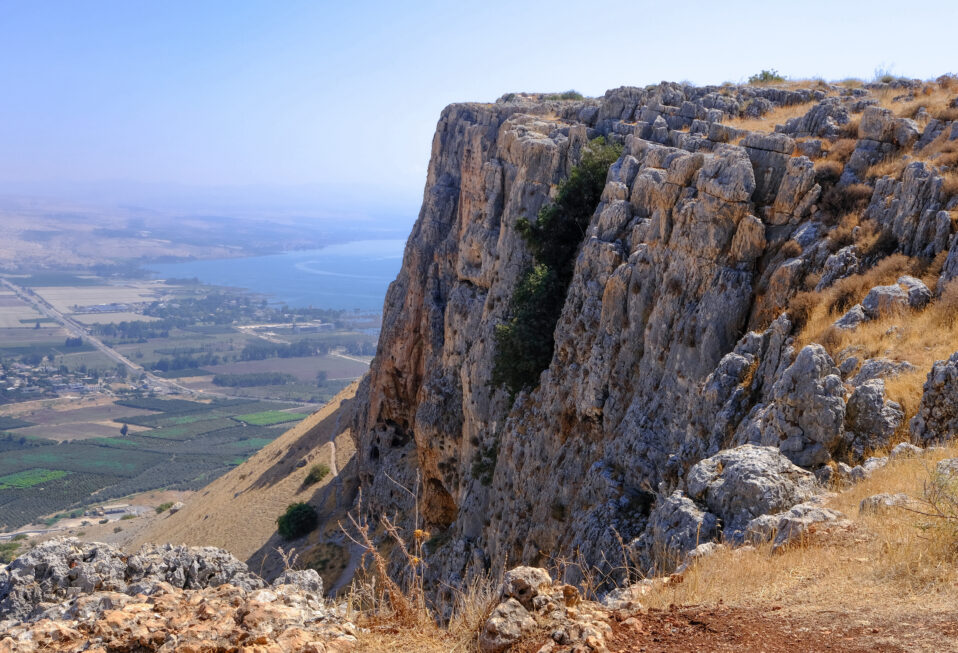The Bible is God’s revelation in time, space, and culture. The space of Scripture is as much a character as Abraham and David or Peter and Paul. The biblical writers used the physical settings of the biblical world to communicate their message, to explain God, His will for His people, and as the setting for narratives, psalms, prophecies, and parables.
The biblical writers often assume the knowledge of their readers concerning the physical settings of the biblical world; therefore, they do not explain those aspects but rely upon their original audience’s intimate knowledge of these details. For example, we as modern readers of the Old Testament cannot reconstruct a map or model of the city based upon the biblical descriptions of the city. The biblical writers assume our knowledge of the city, its buildings, walls, and gates. Not until the twentieth century with the archaeological excavations in Jerusalem can we reconstruct what Jerusalem looked like in the period of the Old Testament.
The physical settings of the Bible refer to the geography, topography, roadways, hills, valleys, bodies of water, flora, fauna, geology, and climate. Because we, as modern readers, do not understand these details, certainly not as intimately as the original audience, we must study the physical settings of the Bible as part of the contextual world to understand the Bible. For this reason, we should study the Bible paying attention to details of the physical settings of the Bible.
We should study the Bible with a map alongside the Bible. Finding a location—a village, city, body of water, hill, or valley—on the map is not enough. The significance of locations stem from their relationship to roadways and the regional dynamics of commerce, travel, communication, and security. The biblical writers assume our knowledge of these features, so they do not explain them. Yet, they play significant roles in our ability to understand the biblical text.
We can see from Ezekiel 27:15-26 that the Bible understood the regional-economic dynamics of its world, as well as the geo-political realities on both the macro and micro levels within the various historical periods. Biblical narratives often occur where they do, and the events happen in the way they do due to regional-economic and geo-political realities. These lay in the background of the narrative, essential to the story, but assumed by the author of his original audience.
The flora, fauna, climate, geology, and hydrology were all part of the physical settings of the Bible. They often provide context for the narratives, as well as images and metaphors used by the writers of the Bible to convey their messages. If we want to understand what the writers of the Bible meant, to better understand what the Bible means for us today, then we must study the physical settings of the Bible.
Marc Turnage is President/CEO of Biblical Expeditions. He is an authority on ancient Judaism and Christian origins. He has published widely for both academic and popular audiences. His most recent book, Windows into the Bible, was named by Outreach Magazine as one of its top 100 Christian living resources. Marc is a widely sought-after speaker and a gifted teacher. He has been guiding groups to the lands of the Bible—Israel, Jordan, Egypt, Turkey, Greece, and Italy—for over twenty years.
Website: WITBUniversity.com
Facebook: @witbuniversity
Podcast: Windows into the Bible Podcast




Comment(1)-





Alta Dixon says
August 14, 2023 at 3:58 amInterested
Receive Devotionals and News Updates from Israel
Recent Posts
Bethlehem: Where Promise Became Flesh
Weekly Devotional: Heaven’s Song, Earth’s Hope
Parashat Miketz (מִקֵּץ) “At the End”
The Feast of Dedication, Hanukkah, Brightly Shines